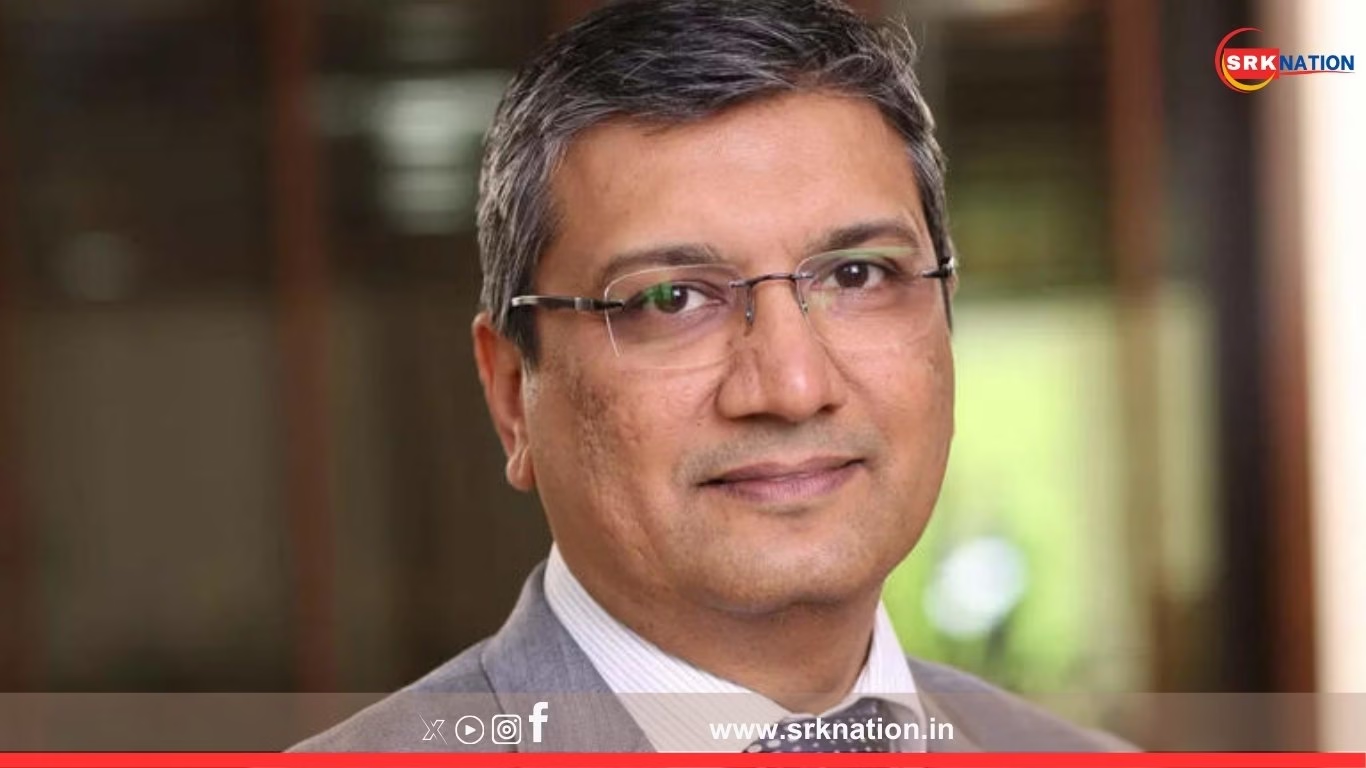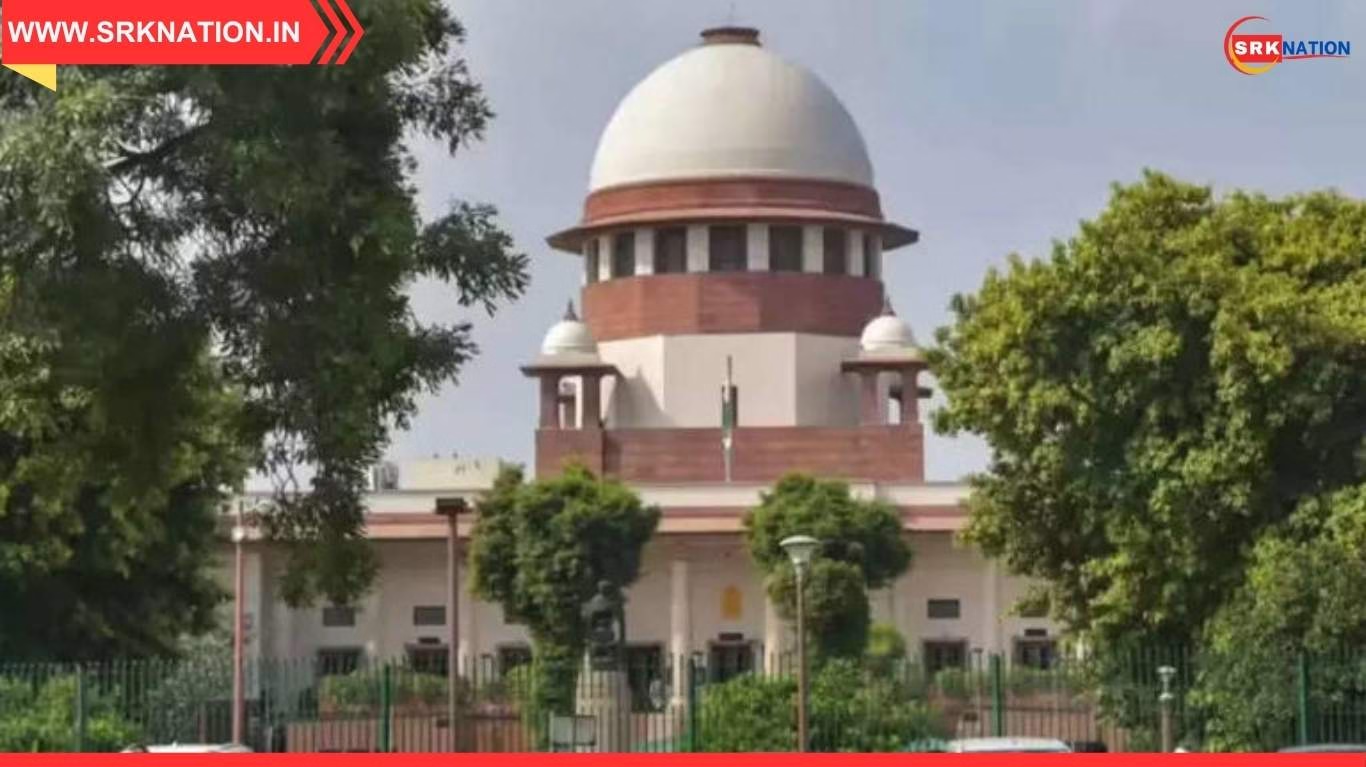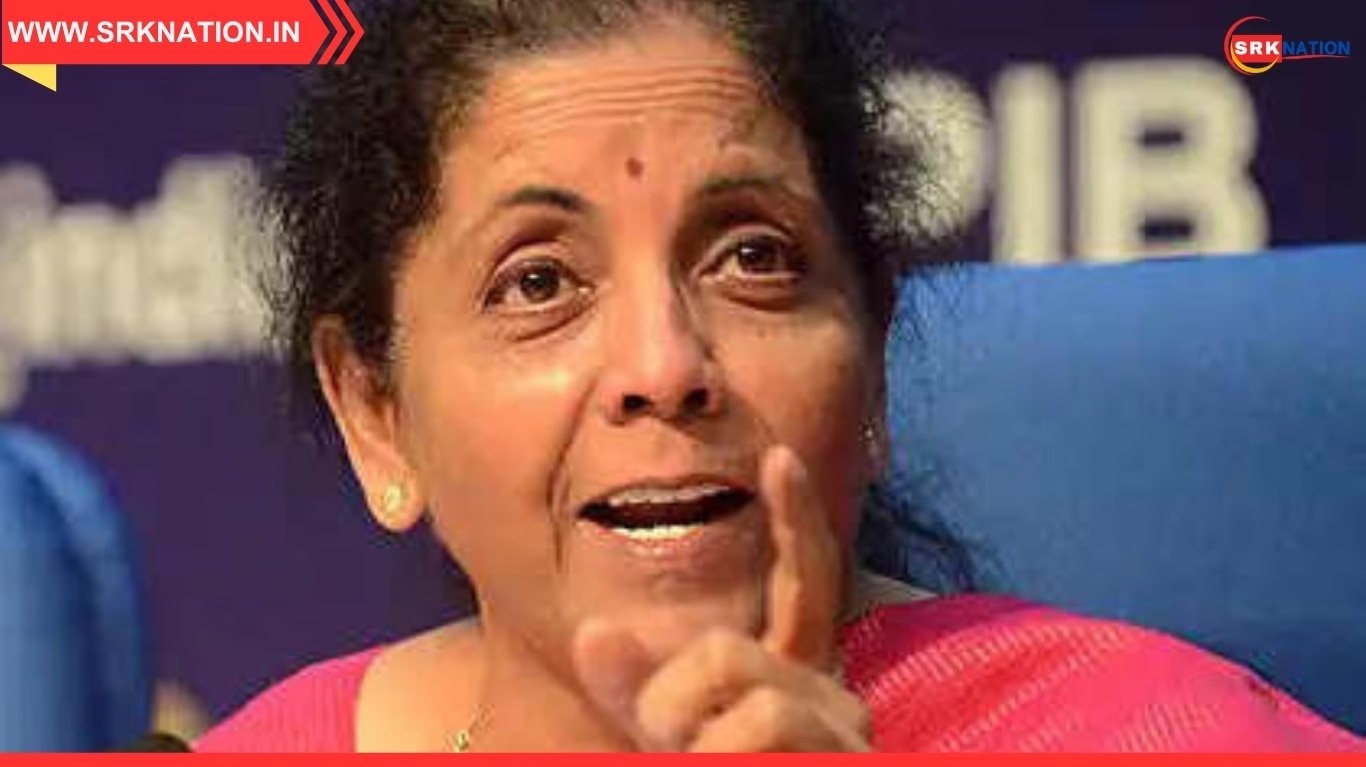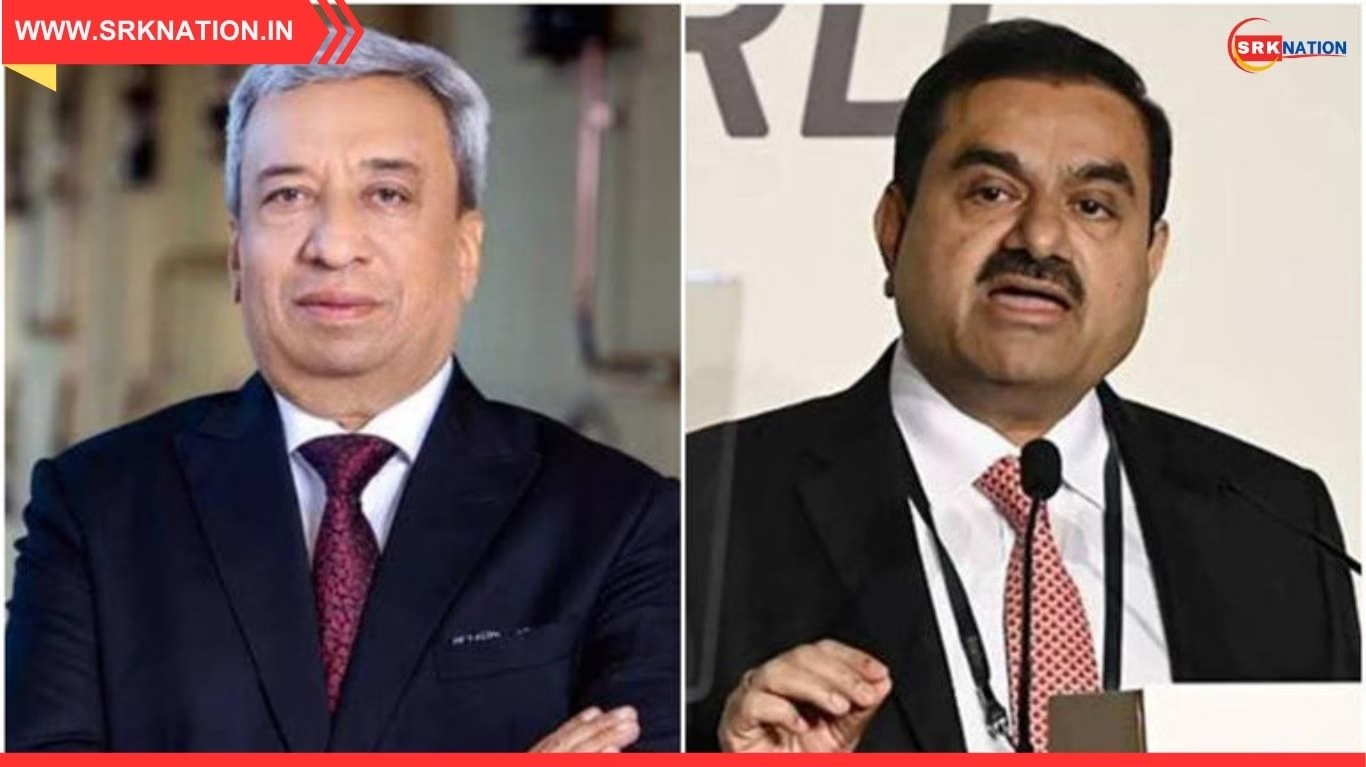India’s economic trajectory is at a critical juncture. With the government’s focus on GST rationalisation, the next big question for policymakers, economists, and investors alike is: What comes next? Renowned market expert Mihir Vora, in his recent analysis, shed light on the areas where the government may channel its next major reforms and policy initiatives. His perspective is drawing significant attention, as it offers insights into the possible future roadmap for India’s economic growth.
GST Rationalisation: The Current Milestone
The Goods and Services Tax (GST), introduced in 2017, has already transformed India’s indirect taxation framework. The recent push towards rationalisation of GST slabs is aimed at simplifying the tax structure, improving compliance, and boosting revenues.
- Current GST structure has multiple slabs (5%, 12%, 18%, and 28%), often causing complexity.
- Rationalisation efforts could reduce the number of slabs, leading to greater ease of doing business.
- Industry leaders argue that this reform has the potential to make taxation fairer and improve investor confidence.
According to Vora, this milestone is not an end in itself but a launchpad for the government’s next big economic push.
Mihir Vora’s Insights: Where Could the Next Push Come From?
Mihir Vora highlighted a few key areas where the government is likely to shift focus after GST stabilisation:
- Capital Market Deepening
- India’s equity and debt markets are still under-penetrated compared to global benchmarks.
- Policies encouraging retail participation, stronger bond markets, and simplified compliance for investors could be the next step.
- This would align with India’s ambition of becoming a $5 trillion economy.
- Infrastructure and Logistics
- Vora emphasized that after tax simplification, infrastructure will be the backbone of growth.
- Greater allocation towards railways, highways, ports, and logistics parks can improve efficiency and lower costs for businesses.
- This will also make India more competitive in global supply chains.
- Manufacturing and PLI Schemes
- The Production Linked Incentive (PLI) schemes have already brought significant investment into electronics, semiconductors, and automobiles.
- Vora believes the next wave will expand to newer industries like green hydrogen, renewable energy, and defense manufacturing.
- Digital Public Infrastructure
- Building on the success of UPI, Aadhaar, and DigiLocker, the government could push for deeper integration of digital identity and financial inclusion tools.
- This could further formalize the economy, increase transparency, and reduce leakages.
- Green Energy Transition
- India’s commitment to Net Zero by 2070 will require massive policy interventions.
- Incentives for solar, wind, and EV adoption, alongside green financing, are likely to see stronger emphasis.
- Vora believes this is not just an environmental move but also a way to reduce energy import dependency.
Comparative Look: Past Big Reforms vs Future Push
| Reform Cycle | Key Focus Areas | Impact Generated | Future Focus Areas (as per Vora) | Potential Impact |
|---|---|---|---|---|
| GST Rollout (2017) | Unified indirect tax system | Simplified taxation, improved compliance | Capital Market Deepening | Stronger financial ecosystem |
| Insolvency & Bankruptcy Code (2016) | Corporate resolution | Reduced NPAs, improved credit flow | Infrastructure & Logistics | Lower business costs, global competitiveness |
| PLI Schemes (2020) | Manufacturing boost | Job creation, FDI inflow | Green Energy Transition | Sustainable growth, reduced imports |
| Digital Public Infra | UPI, Aadhaar, JAM trinity | Financial inclusion, formalisation | Next-gen DPI | Smarter governance, greater transparency |
Investment Implications
For investors, Vora’s insights are crucial as they provide a direction for identifying future growth sectors:
- Banking & Finance: If capital markets deepen, financial institutions and stock exchanges will benefit.
- Infrastructure & Logistics: Cement, steel, and logistics companies stand to gain.
- Green Energy & EVs: Renewable energy firms, EV manufacturers, and battery producers are likely winners.
- Technology & Fintech: Firms aligned with digital public infrastructure and fintech growth will thrive.
Potential Benefits of Next Big Push
The government’s future focus, as highlighted by Vora, could yield multiple benefits:
- Job Creation: Infrastructure and manufacturing projects will generate large-scale employment.
- Global Competitiveness: Streamlined logistics and manufacturing push will make India an attractive investment hub.
- Environmental Gains: Green energy transition reduces carbon footprint and dependence on fossil fuel imports.
- Inclusive Growth: Digital infrastructure ensures broader financial and social inclusion.
Challenges Ahead
While the roadmap is promising, Vora also cautioned about challenges:
- Fiscal Deficit Pressures: High spending on infrastructure and subsidies must be balanced with revenue generation.
- Execution Risks: India has historically struggled with delays in large projects.
- Global Uncertainty: Geopolitical tensions, oil price volatility, and global economic slowdown may affect India’s plans.
- Policy Continuity: Reforms require consistent government focus beyond election cycles.
Expert Opinions
Vora’s perspective is shared by several other economists:
- Economists argue that post-GST, India’s focus should be on strengthening the supply chain and export competitiveness.
- Market Analysts believe that building capital markets will help Indian households move from gold and real estate to equities and bonds.
- Environmental Experts stress that the green push is not optional but essential for sustainable growth.
Future Outlook
The post-GST rationalisation era could well define India’s growth path for the next decade. With Mihir Vora’s analysis pointing towards capital markets, infrastructure, manufacturing, digital infrastructure, and green energy, the country appears ready for another wave of transformative reforms.
If these reforms are implemented effectively, India could not only achieve the $5 trillion economy target but also establish itself as a global hub of sustainable growth, innovation, and inclusive development.
Disclaimer: This article is based on expert opinions, market insights, and economic trends. It is intended for informational purposes only and should not be considered as investment or policy advice.











